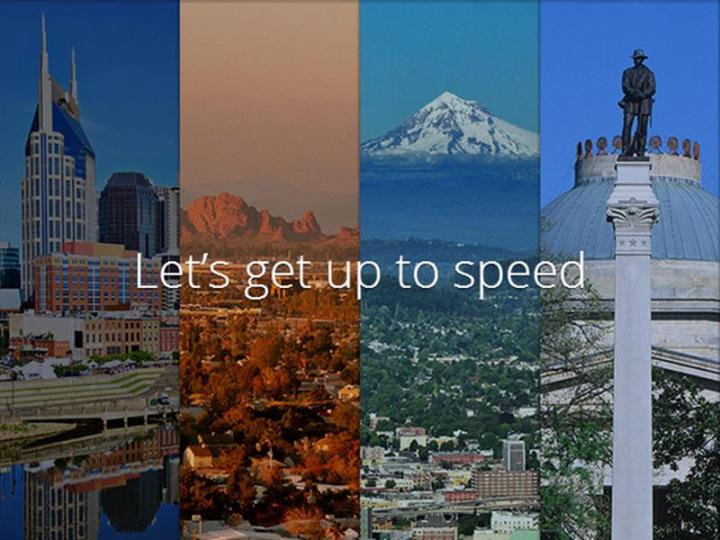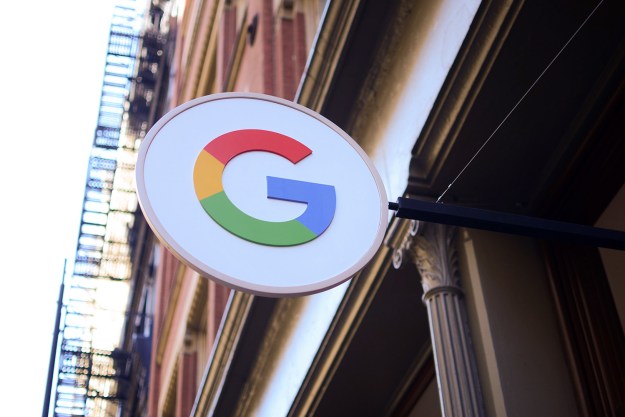
If you’re lucky enough to live in a city that benefits from Google’s high-speed gigabit Fiber network then you could soon be enjoying the same super-fast connectivity without the aid of wires. Documents sent out by the tech giant to cities in line for Fiber say that Google will be “discussing [its] Wi-Fi plans and related requirements with your city as we move forward with your city during this planning process.”
A shortlist of 34 cities has been drawn up by Google as it weighs up the next part of its Fiber network expansion. At the moment, the Kansas City metro area and Provo in Utah are the only locations with Google Fiber installed. The 1,000Mbps technology (around 100 times faster than standard connections) is arriving in Austin, Texas later this year.
To make the cut, cities must work with Google through a rigorous application process, and it seems that part of that preparation involves investigating the possibility of Wi-Fi networks. That’s as much detail as we have for the time being, but Google did email a statement to the IDG News Service confirming that wireless plans were on the table: “We’d love to be able to bring Wi-Fi access to all of our Fiber cities, but we don’t have any specific plans to announce right now,” it said.
Wi-Fi would expand Fiber outside homes and offices in the selected locations and give gigabit-sized connectivity to mobiles, tablets, motor vehicles and more while on the move. As part of the Fiber setup process, Google installs several utility stations across the enabled areas, and these stations are likely to form the basis of any wireless provision. We’ll probably have to wait some time for more details of the project, with new locations not expected to get Fiber until the end of the year.
It’s no secret that through-the-air connectivity is something that Google is keenly interested in. Rumors of the company entering the wireless carrier market have been swirling as far back as 2008, and last year the Wall Street Journal ran a report that Google was ready to build its own wireless network at its headquarters in Mountain View, California. One possible scenario is that Google could launch Fiber Wi-Fi as the basis of a brand new service, using traditional cellular networks as a fallback where necessary.
Editors' Recommendations
- Will Google ever lose its throne as king of search? Here are its main contenders
- Google to ax its Shopping app in favor of web search
- Game over: Google to shutter its in-house Stadia game development studio
- See how Google Maps is using color to add even more detail
- Google’s new Chrome add-on gives you a rundown of all the ads on a webpage

